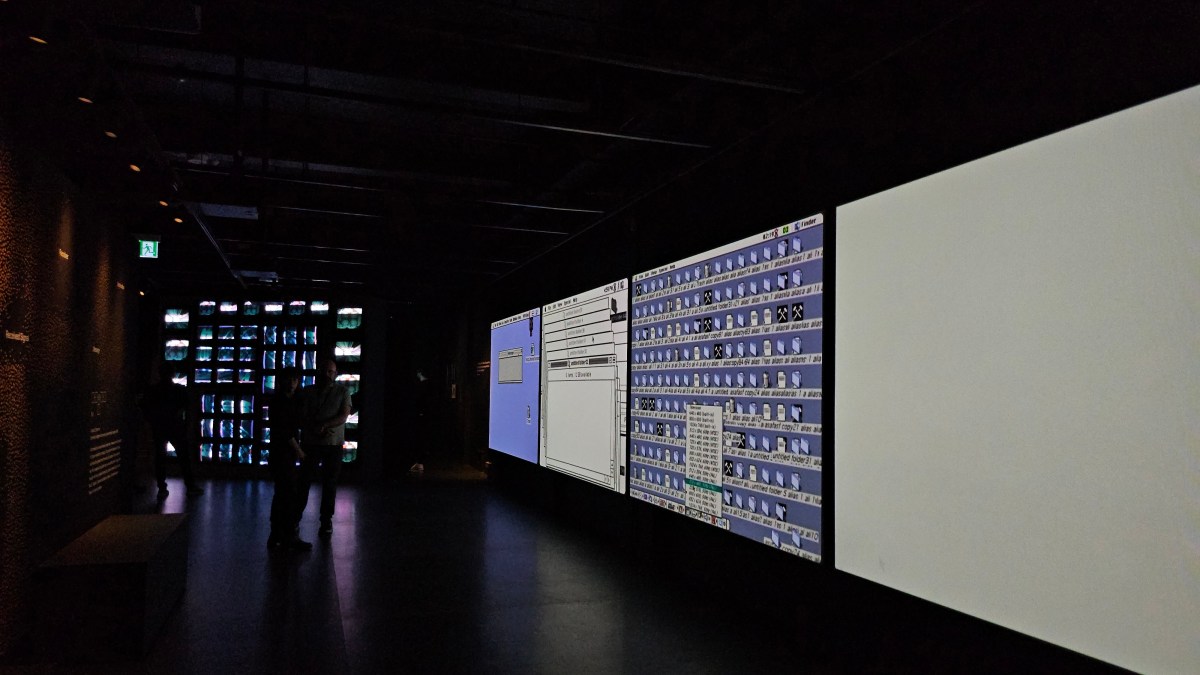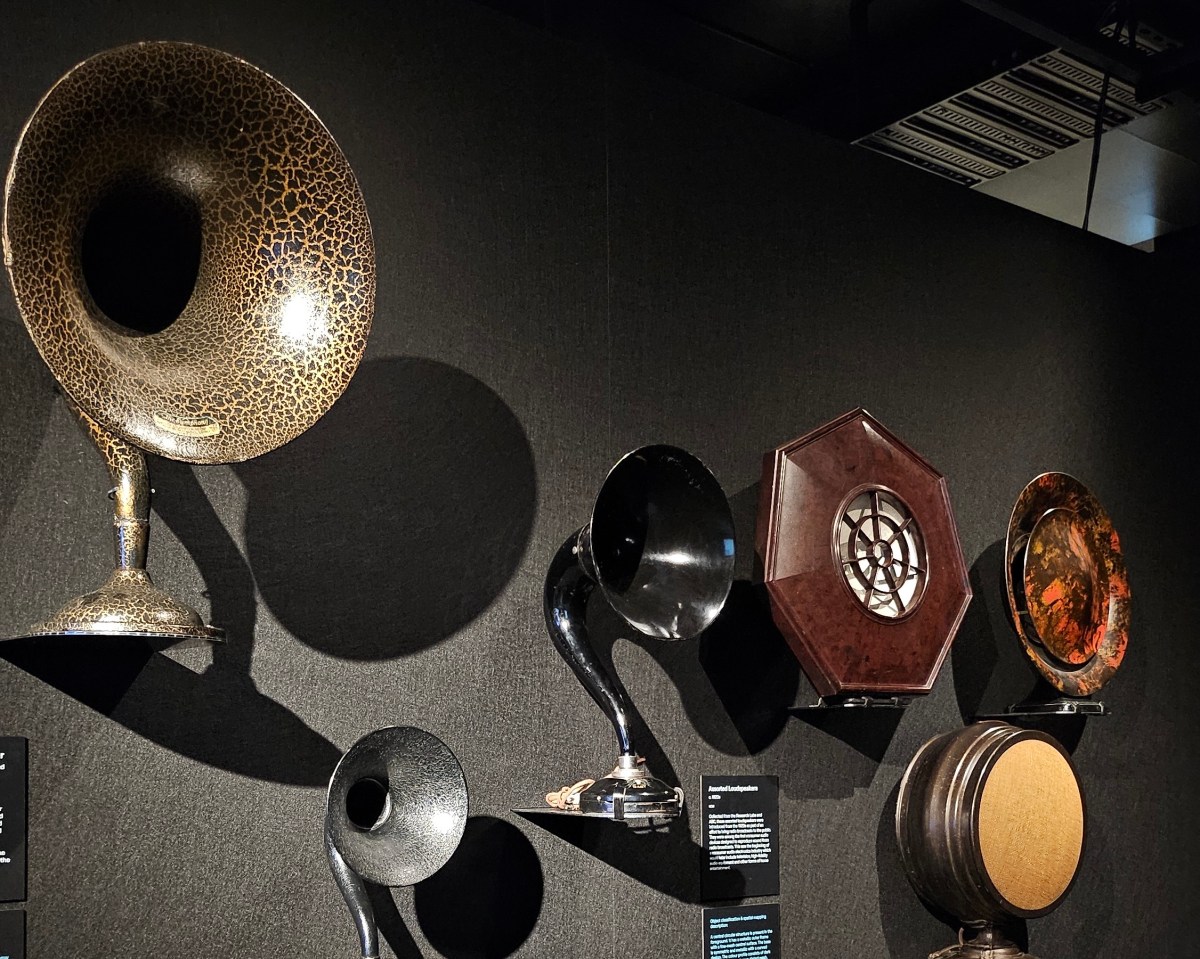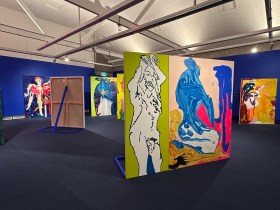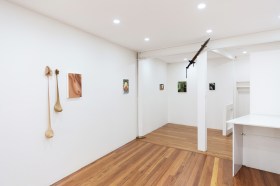The National Communication Museum, which opened in September last year, has pulled off another engaging exhibition that balances humour and curiosity with some big questions in technological development.
Its latest offering, Signal to Noise, tracks the role of this once unavoidable, now undesirable, feature of communication. In an age saturated with filters, what do we risk losing alongside the noise?
While less object-heavy than its inaugural exhibition, Instruments of Surveillance, Signal to Noise includes a major showstopper – South Korean video art pioneer Nam June Paik’s Internet Dream (1994), shown for the first time in Melbourne. With snippets constantly changing and interrupted with static, this supercharged televisual beast is both a historical milestone and a self-fulfilling prophecy. It sucks in attention but resists interpretation or meaning.

Nearby, a major installation of a ‘desktop performance’ by JODI (Joan Heemskerk and Dirk Paesmans) exemplifies human interaction with computers through the movements of a frantic cursor, running back and forth over tabs and folders to harness a glitch or information overload. How we navigate our desktops is so often a private act that to see such activity out in public feels oddly intimate.
From visual noise to the auditory, sound plays a major role in Signal to Noise, and one strong example is an ensemble of found objects by Bangkok collective elekhlekha | อีเหละเขละขละ. The beautiful sounds are all gathered together in one cluster (2025) presents the opportunity to experience what initially sounds like chaotic noise in separate elements, thus highlighting their individual melodies.
A more unsettling experience is Voyce Walkr (2025) by Machine Listening, where clones of voice recordings from the artist’s children narrate a contemporary reimagining of Russell Hoban’s novel, Riddley Walker (1980). The future may be bleak but this is a delightful work, utilising vintage radios from the museum’s collection to really give that dystopian feel.
Read: Exhibition review: Blak In-Justice, Heide Museum of Modern Art
Another quirky feature of Signal to Noise is that many of the object/artwork wall labels include a description by AI models, such as Stable Diffusion, Midjourney and CLIP by OpenAI. While some are mechanically accurate, others seem to show off their artistic flare. Here is CLIP’s description of The Symphony Reproducer: “There is a large black and gold horn on display in a room, a bronze sculpture by Damien Hirst, Pinterest contest winner, new sculpture, animal horn, cast in epoxy, single horn.”

To find signal through the noise is to see pattern in chaos, and yet information or noise is no longer easily discernible depending on who is on the receiving end – human or machine?
Signal to Noise is on view at the National Communication Museum until 11 September; entry fees apply.






